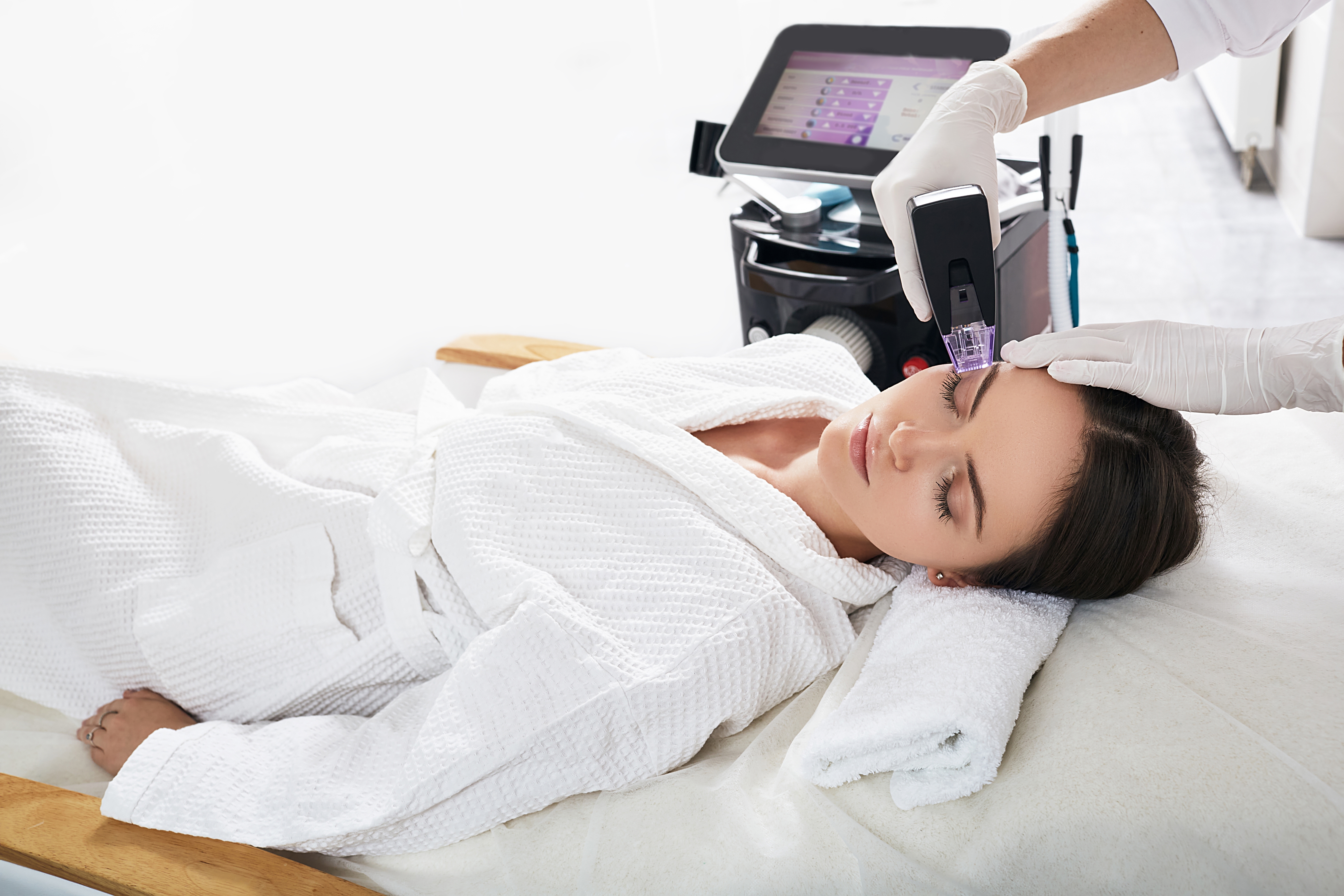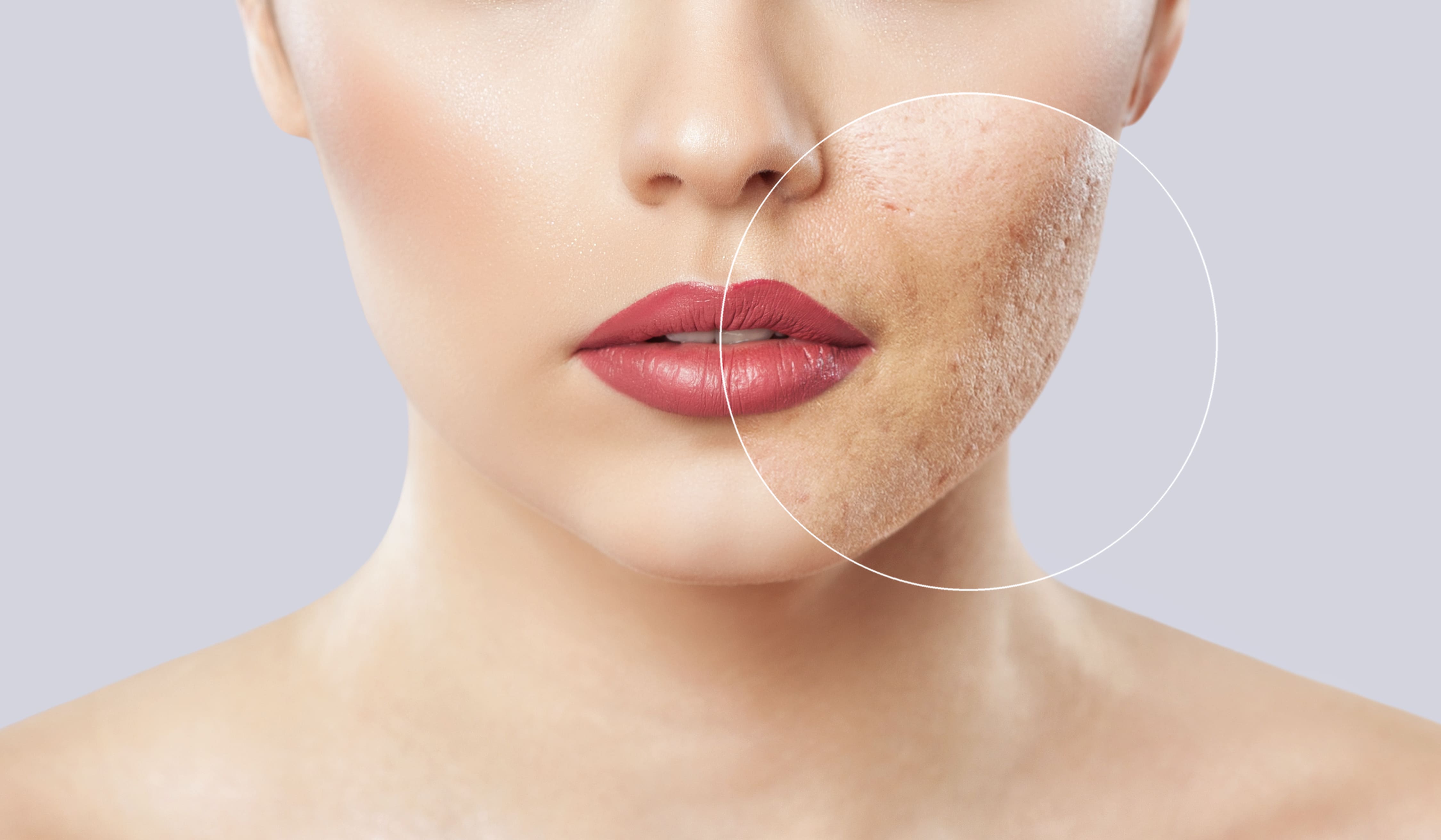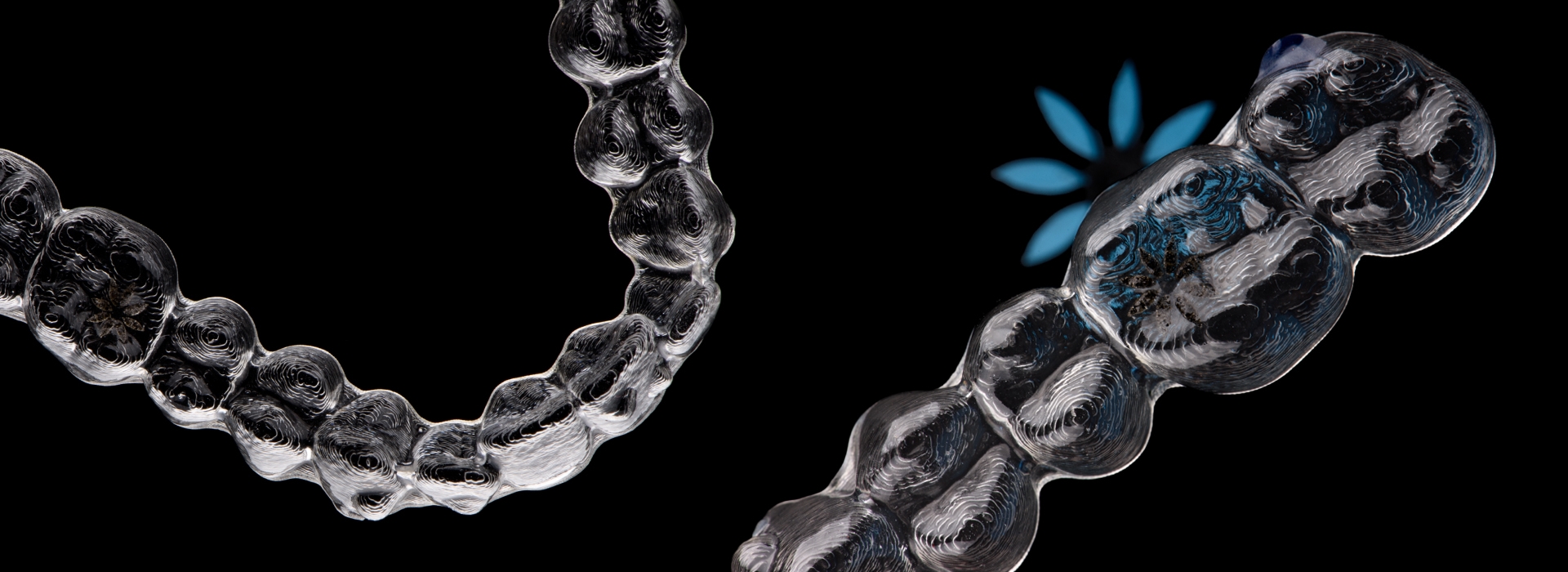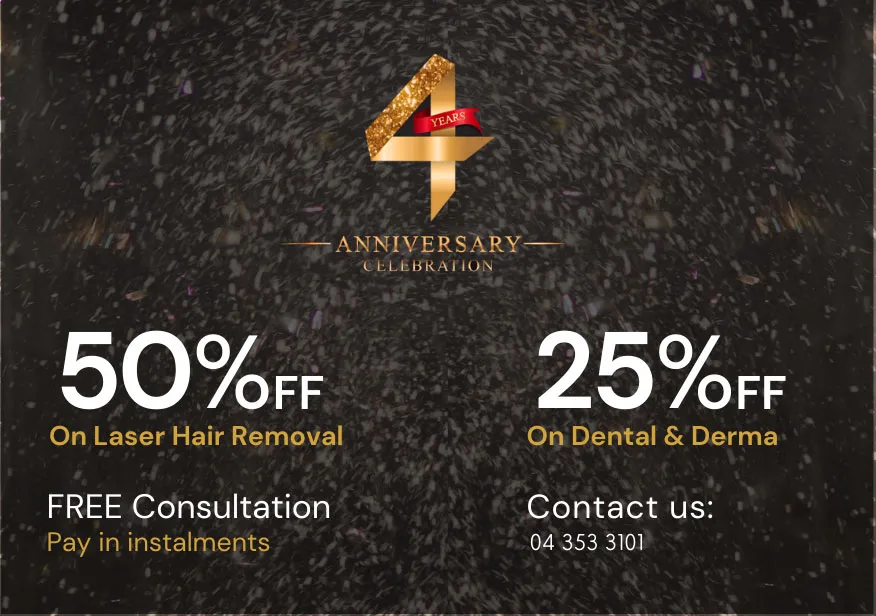When considering teeth alignment solutions, many are turning away from traditional metal braces in favor of Invisalign, the clear, removable aligners that promise a more aesthetic and flexible approach to straightening teeth. Yet, one question often looms large: “Do Invisalign aligners hurt?” Let’s dive into the answer.
Understanding Invisalign
Before we get into the specifics of potential discomfort, it’s important to understand what Invisalign is. Invisalign aligners are custom-made trays crafted using digital scans of your teeth. They apply consistent, gentle pressure to your teeth, gradually moving them into the desired position. Every couple of weeks, you switch to a new set of aligners that continue to adjust the position of your teeth.
Initial Discomfort
Most patients report feeling some initial discomfort or pressure when they first start wearing a new set of aligners. This is because each new set is designed to move your teeth slightly further, pushing them closer to their final position. The sensation is a sign that the aligners are working. However, this discomfort usually fades after a few days as your teeth adjust to the new positioning.
Comparison with Traditional Braces
Traditional braces involve brackets and wires, which can sometimes cause abrasions inside the mouth. There’s also the potential pain during tightening appointments. Invisalign aligners are smooth, reducing the chance of cuts or sores. While you might feel pressure with Invisalign, you typically won’t experience the sharp pain that can sometimes come with braces adjustments.
Tips to Minimize Discomfort
- Begin New Sets at Night: By starting with a new aligner before bedtime, you allow your teeth to adjust to the pressure while you sleep. This can make the transition less noticeable.
- Cold Compress: Holding a cold compress to the outside of your mouth can help alleviate any soreness or swelling.
- Over-the-counter Pain Relievers: If discomfort persists, consider taking over-the-counter pain relievers as directed. However, it’s always a good idea to consult with your orthodontist or dentist first.
- Chewies: Invisalign “chewies” are small cylindrical cushions made of a spongy material. Biting down on them can help ensure that your aligners are fully seated, which can reduce discomfort.
- Maintain Oral Hygiene: Keeping your teeth and aligners clean can prevent additional issues, such as cavities or gum problems, that could cause pain.
Duration of Discomfort
As you progress through your Invisalign treatment, you may find that the level of discomfort decreases with each new set of aligners. Your mouth becomes more accustomed to the process of switching and adjusting. Most patients report that after the first few sets, they experience minimal discomfort.
Listen to Your Body
While discomfort can be a normal part of the Invisalign process, sharp or persistent pain is not. If you’re experiencing unusual pain, it’s essential to consult with your orthodontist or dentist. They can check to ensure the aligners are fitting correctly and address any other potential issues.
Invisalign’s Advantages

Despite the initial discomfort some users may experience, the advantages of Invisalign often outweigh these temporary sensations. These advantages include:
- Aesthetics: Clear aligners are nearly invisible, allowing users to straighten their teeth discreetly.
- Flexibility: You can remove the aligners while eating, brushing, or for special occasions.
- Fewer Office Visits: Without the need for wire tightening, there are typically fewer orthodontic appointments.
- No Food Restrictions: Without brackets or wires, there’s no risk of damaging your orthodontic equipment, meaning you can eat whatever you like.
Conclusion
Like all orthodontic treatments, Invisalign may come with some level of discomfort, especially when transitioning to a new set of aligners. However, this discomfort is typically mild and fades as your mouth adjusts. The benefits of Invisalign, from its discreet appearance to its flexibility, often make it a preferred choice for many seeking a straighter smile. If you’re considering Invisalign, it’s essential to discuss any concerns with an orthodontic specialist to ensure it’s the right treatment for you.
Ready to embark on a journey to a straighter smile with minimal discomfort? Schedule an assessment with our Invisalign experts today and take the first step toward the radiant smile you deserve! Call us at +971 43533101 and book a completely FREE CONSULTATION with our Invisalign Specialists.




